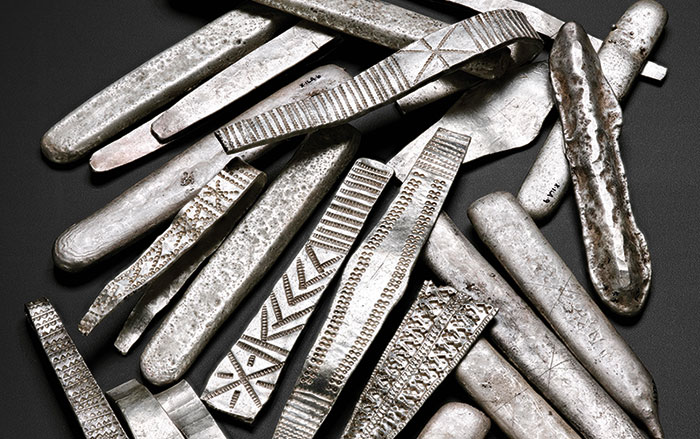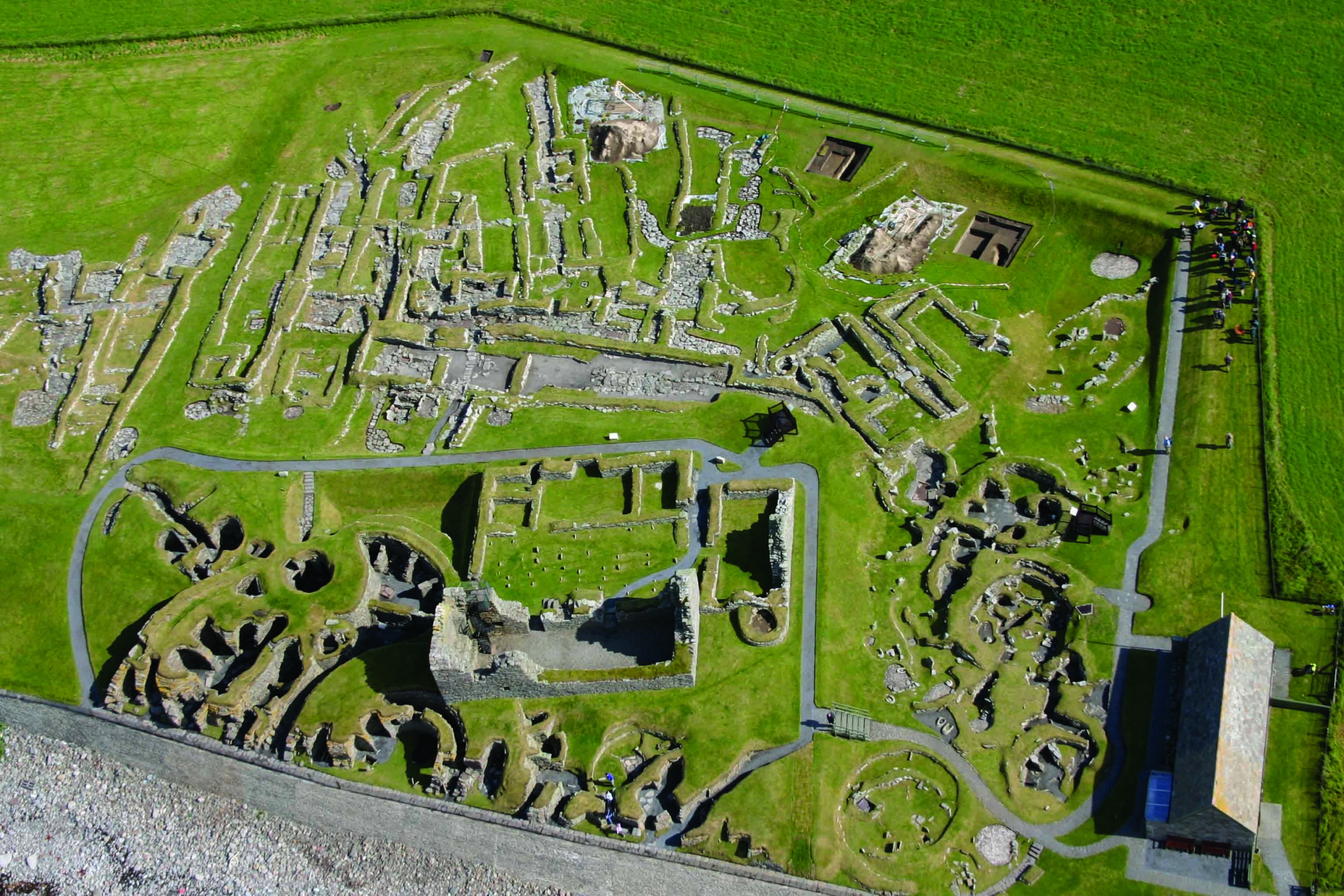
GLASGOW, SCOTLAND—According to a report in The Scotsman, Ewan Campbell of Glasgow University suggests that the island of Iona was not abandoned for the period between A.D. 806, when 68 monks were killed during a Viking raid, and the construction of a Benedictine abbey in the twelfth century, as had been previously thought. Recent archaeological investigations on the island’s eastern coast have uncovered copper alloy pins dated to the tenth and eleventh centuries that would have been used to fasten tunics and cloaks. He thinks the Iona community established a metalworking center after the massacre. “The nicest pin is a copy of one that was made in Viking Dublin but it looks to me that it was made on Iona given the differences in manufacturing,” Campbell said. Gravestones, a hoard of coins, a stone cross, and other religious items dated to the tenth and eleventh centuries have also been found on the island, he added. “Iona was important as one of the places where the Norse were coming into contact with Christianity and converted to Christianity,” he said. For more on Iona's monastery, go to "Fit for a Saint."










